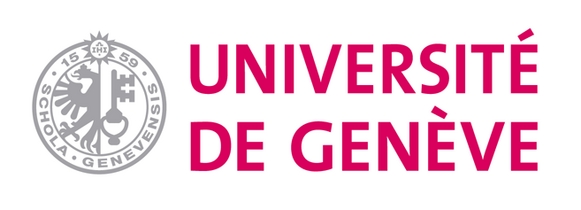Methodological Challenges in Time Use Measurement

Researchers from the LIVES Centre and the Swiss Centre of Expertise in the Social Sciences (FORS) have been collaborating since 2023 on research and developmental work investigating the methodological challenges of conducting Time Use Surveys (TUS) online. TUS, which are designed to measure the amount of time people spend doing various activities, have traditionally been carried out by National Statistical Institutes with the help of interviewers and paper-and-pencil ‘time diaries’. Survey participants are asked to note down in the diary all their activities over the course of 24 hours, for two separate ‘diary days’ (one weekday and one weekend day). These hand-written activity descriptions are then ‘quantified’ through a lengthy, manual coding procedure, using established lists of numeric activity codes. Once coded, the data are used in research and the production of time use statistics – e.g., about how different population sub-groups spend their time (e.g., on paid and unpaid work, and leisure); about the availability and distribution of ‘free time’; and about inequalities in so-called ‘time poverty’.
During the past decade, the statistical office of the European Union, Eurostat, has been supporting projects in several countries to modernise data collection procedures used in TUS. These projects have resulted in the development of a number of innovative solutions, capitalising on digital technologies, to enable the passage from conventional interviewer-assisted data collection and paper-and-pencil diaries to the use of online self-completion methods. There is still much to learn about the optimal alternatives to traditional TUS, however. Because of the complexity of time use measurement – for both researchers and participants – the ongoing development and testing of alternative methods that minimise response burden and facilitate the collection of high-quality, granular data remains a priority for research investigating time-use patterns. This LIVES-FORS collaborative project – funded jointly by FORS, the Faculty of Social and Political Sciences, and LIVES Seed Money (awarded in 2023 and 2024) – is contributing to efforts to address this need.
The project team has been reviewing alternative approaches to time use measurement and evaluating available digital data collection tools for the collection of time diary data. Part of this endeavour includes a large-scale pilot study experiment to test and compare two cutting-edge tools for conducting online TUS, developed by experts in time use research in Belgium and the United Kingdom. The first is the Modular Time Use Survey – MOTUS - Research Platform, developed by experts from the Research Group TOR at the Vrije Universiteit Brussel (VUB): Joeri Minnen, Ignace Glorieux and Theun Pieter van Tienoven. The MOTUS platform, specifically designed for TUS, allows participants to choose between completing survey questionnaires and time diaries using a smartphone application, or using a standard web browser on their preferred device, enabling them to record their activities throughout the day. The second tool is the Extended Light Digital Diary Instrument (ELiDDI), developed by experts at the Centre for Time Use Research, University College London: Oriel Sullivan, Jonathan Gershuny, Juana Lamote de Grignon and colleagues (in collaboration with design partner, Dynata UK). ELiDDI can be embedded in a standard browser-based online survey and offers an intuitive click-and-drag interface to help respondents add information about their activities to their time diary retrospectively. Until now, no research has investigated the implications of these alternative methods for time use measurement.
The pilot experiment will compare the two methodologies with respect to survey quality criteria (such as response rates and break-offs), and criteria used in TUS to assess the quality of diary data (such as the number and type of activites recorded). Key insights from the study will help inform the design of future diary studies in online surveys and ways to optimise digital diary methods, contributing to advances in the fields of time use research and survey methodology.
Photo by Aron Visuals on Unsplash



